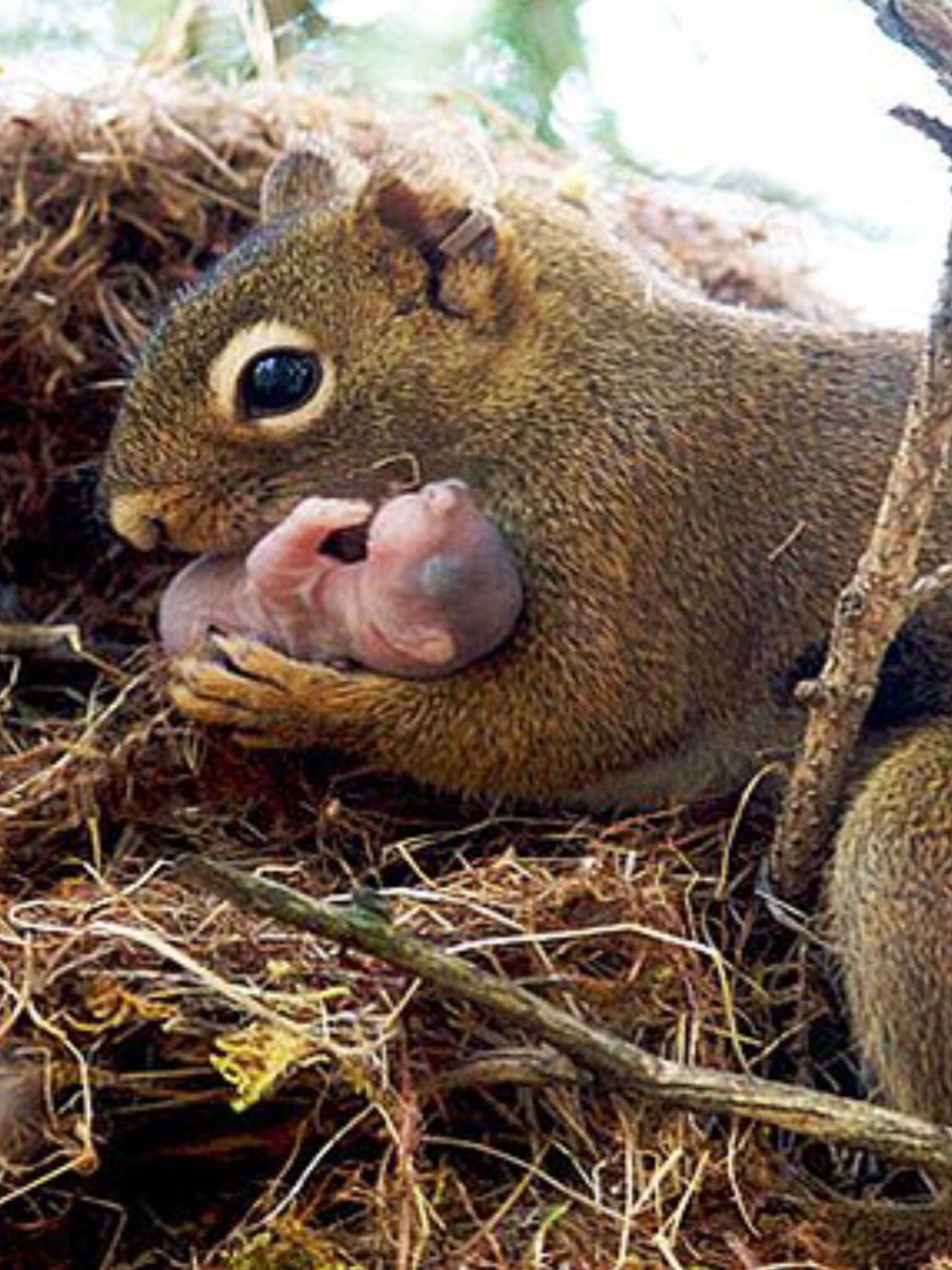In the realm of the animal kingdom, fascinating behaviors and interactions constantly unfold. One such captivating phenomenon is the adoption of orphaned babies by squirrels. While squirrels are known for their acrobatic skills and nut-gathering antics, their altruistic tendencies in caring for unrelated young are equally remarkable.
Squirrel Societies: Squirrels live in intricate communities where individuals rely on cooperation and mutual support. These societies are composed of related kin groups, and it is within these groups that the concept of adoption takes place.
Reasons Behind Adoption: One of the primary reasons squirrels adopt unrelated young is the scarcity of resources, such as nesting sites or food availability. By taking in orphaned babies, squirrels ensure the survival and continuity of their community, even if it means caring for individuals who are not their direct offspring.
Adoption Process: The adoption process in squirrels involves several stages. It begins with the recognition of an orphaned baby, usually through vocalizations or scent cues. Once identified, the adopting squirrel must gain acceptance from the group members, including the dominant female. If successful, the adoptive squirrel assumes the responsibility of raising the orphaned baby alongside its own offspring.
Altruism and Kin Selection: The act of adopting unrelated babies highlights the concept of altruism in squirrel societies. Altruistic behavior refers to actions that benefit others at a cost to oneself. In the case of squirrel adoption, it serves as a form of kin selection, where individuals prioritize the survival of their genes by caring for genetically similar individuals, even if they are not direct descendants.
Benefits and Challenges: Adopting unrelated young brings both benefits and challenges to the adopting squirrel. On one hand, it increases the survival chances of the orphaned baby, strengthens social bonds within the community, and enhances the overall reproductive success of the adopting squirrel. On the other hand, it requires additional time, energy, and resources to care for multiple offspring simultaneously.
Role of Hormonal and Environmental Factors: Hormonal and environmental factors also play a role in squirrel adoption. The hormone oxytocin, known for its role in bonding and maternal behavior, is believed to contribute to the acceptance and nurturing of unrelated young. Additionally, environmental cues, such as the presence of predators or limited resources, can trigger heightened adoption rates as a survival strategy.
The Evolutionary Significance: The act of adopting unrelated babies in squirrels holds evolutionary significance. It promotes cooperation and kinship within the community, increasing the overall fitness of the population. By caring for orphaned offspring, squirrels display a remarkable example of social behavior that aids in the survival and success of their species.
The world of squirrel adoption offers a fascinating glimpse into the intricate dynamics of these charismatic creatures. Through altruism, kin selection, and cooperative behaviors, squirrels defy traditional notions of genetic exclusivity and extend their care to orphaned babies. By exploring the hows and whys of squirrel baby adoption, we gain a deeper appreciation for the diverse and remarkable behaviors found in the animal kingdom.
